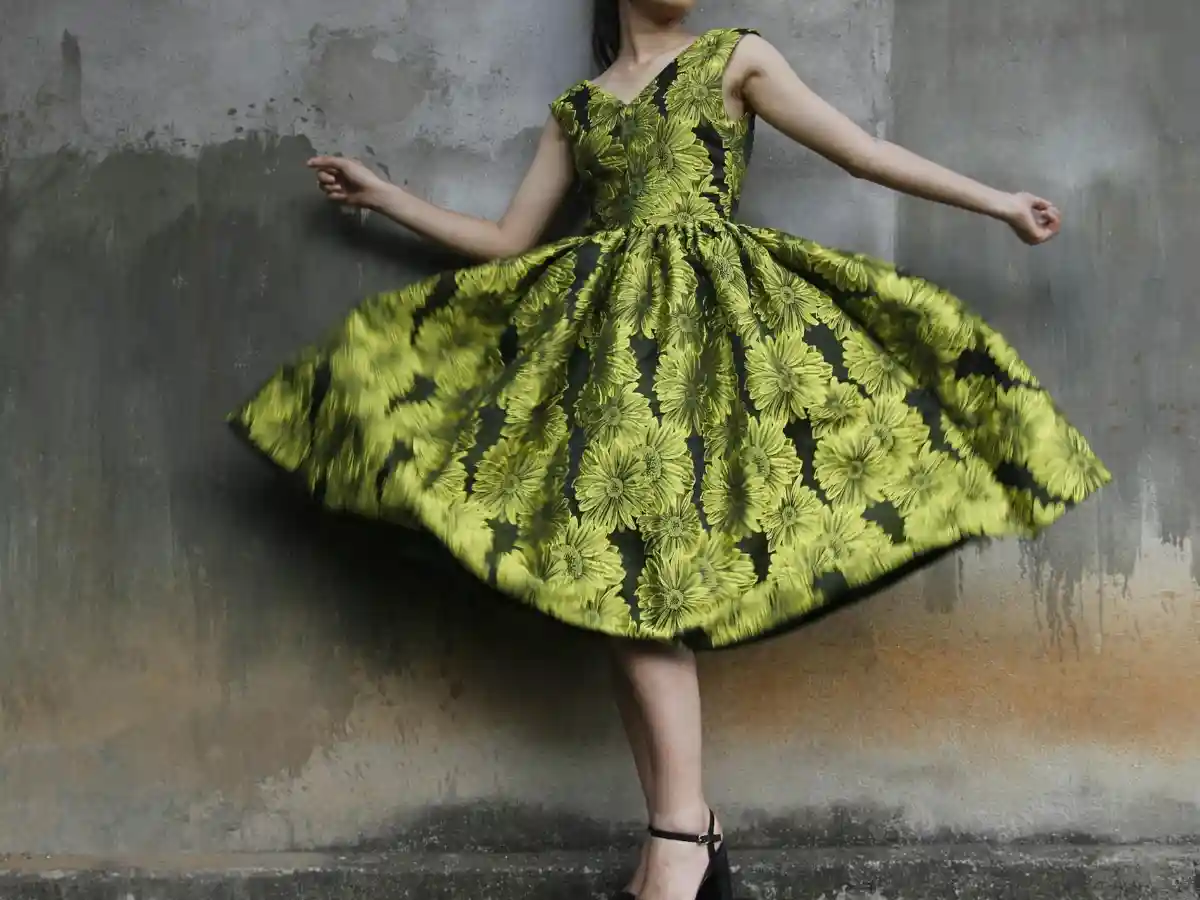Whether in a spacious bedroom without a dressing room, or the ideal in a walk-in closet, a dressing circle is a necessary feature of a well-planned dressing area. It guarantees that you have enough space to navigate, clothes to put on, and your appearance to check.
If you’re making a dressing area, you might be asking yourself “how large should a dressing circle be?“
We will break down this question in this article and also look at what factors help you identify the right size.
What is a Dressing Circle?
The dressing circle is the only place where the dressing space opens up and stays clear for you to give you room to twirl. This space is generally circular in shape but depending on the room layout and dimensions may take anywhere from a rectangular form. It guarantees enough space to dress, turn around, and get to your clothes or mirrors without feeling crowded.
Factors to Consider When Determining the Size of a Dressing Circle
What’s in the mind when the question, “how long how large should a dressing circle be?” is asked. Many factors affect the right size for a dressing circle such as the space it’s in and the person using it.
Comfort and Movement
It is essential that a dressing circle is not narrower than the person’s ability to rotate without problems. A small enough circle can be cramped, making it hard for you to have a particular view of the outfit. Therefore, a circle that is larger than necessary is usually better. The minimum size should allow you to turn around at least 180 degrees without problems. At the same time, you should have the opportunity for personal use to move your arms, turn around, and be a couple of steps away.
Mirror Space
Traditionally, mirrors are arranged in a dressing room to provide a complete view of a person to themselves. The circle allotted for a dressing circle allows for adequate space from the mirror to see a person’s reflection from head to toe. A typical circle allows for a distance of at least 1.5 meters or roughly 5 feet between the person and the mirror. The circle should be large enough to cover all the mirrors, handles and infrastructure of the mirror to rear to provide a complete view.
Size of the Person
The size of the person using the dressing circle is another component. A space where an average-sized person can feel good may not be enough for a person of taller, larger, or greater mobility that needs a comfortable outfit. The circle should be large enough to include people of different sizes and provide them with freedom of movement.
Why Does Dressing Circle Size Matter?
Dressing circle size is about more than just looks. Here’s why it’s important:
Comfort: Having a large enough dressing circle means you won’t be bumping into furniture or walls on your way to the clothes.
Function: A dressing circle provides an open area to perform practical actions such as putting on shoes, arranging your other pieces of clothing or actually using the mirror.
Room: Being too small could disrupt the functionality of the room, too big and it’s inefficient.
Value: A properly made dressing space, including an appropriate dressing circle, adds value to your home for potential buyers.
Examples of Dressing Circle Sizes
Small dressing spaces
- Circle diameter: 4 ft / 1.2 m
Perfect for: Tiny cloakrooms, small bedrooms
Medium dressing areas
- Circle diameter: 5-6 ft / 1.5-1.8 m
Good for: Standard closets featuring some storage and seating options
Luxury dressing rooms
- Circle diameter: 7-8 ft / 2.1-2.4 m
Suitable for: Large rooms with a vanity table, ottoman, or some other extra features
Design Tips for Dressing Circles
The tips below will assist you as you design a dressing circle and make the most of the area available:
Measure First
Use painter’s tape to layout the dimensions of a circle first, use a tape measure and determine how big the dressing circle may be before deciding on its size. It will provide a visual representation of the space.
Avoid Overcrowding
Make sure there is at least 2-3 feet around the dressing circle from any piece of furniture.
Choose Furniture with More Than One Function
Benches with storage are ideal if you require extra bedding but are running out of space. It would help if you did one thing: make the dressing circle bigger.
Using Mirrors
Mirrors instead of walls reflect more natural light and help make the area seem larger and more open. A larger mirror can make the circle feel bigger than it is.
Lighting Matters
Because it appears more massive and is more user-friendly when dressing, a well-lit dressing circle is essential.
Small Dressing Circle Space Maximization
When working with a smaller dressing circle, it is crucial to be space-conscious. Here are a few tips to help make the most of a limited area:
- Utilize wall mirrors or full length mirrors that can angle for visibility.
- Keep the surrounding space free from objects to prevent obstructions.
- Have adjustable lighting accents in the space to shine on focal points of the outfit rather than occupy additional space.
Visit: businessnewsage
Conclusion
The right size for your dressing circle will depend on what you need it for. A personal area should be no less than 1.5 meters in diameter, and fitting rooms should have 2 meters’ worth of circle. If you are working with additional visual elements, you may want a larger circle.
Remember that your goal is to create a working and resting area that will suit you as best as possible without taking up too much space. Take note of the room, its furniture, and how you use the space in your daily life to achieve a circle that is suitable to your personality.
